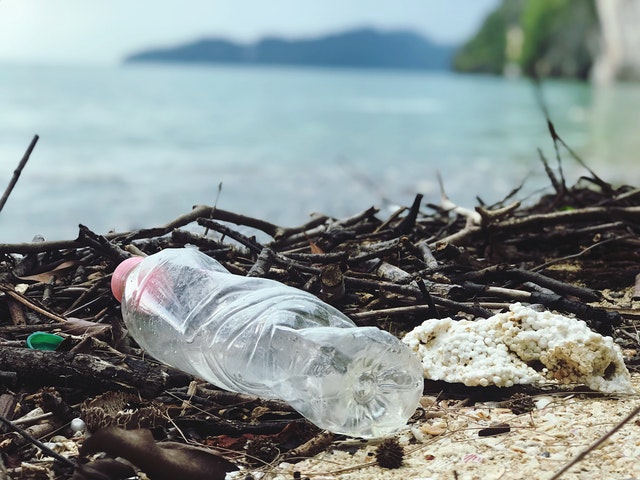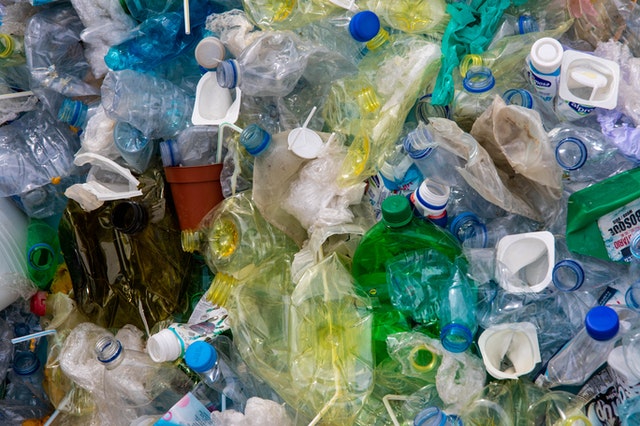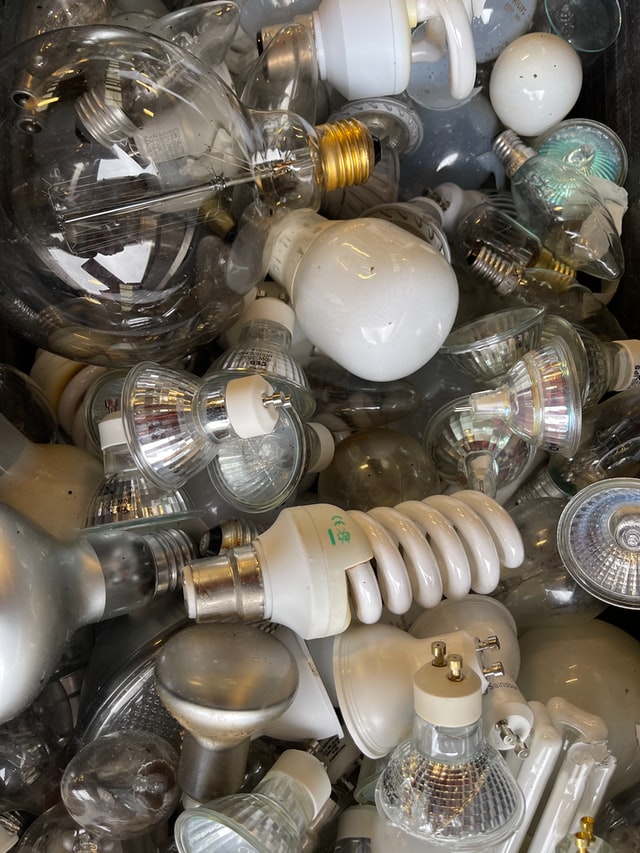
Plastic pollution is one of the most visible environmental issues of our generation. Australia produces around 2-3 million tons of plastic every single year, with a frightening 130,000 tons on average typically finding its way into our oceans. Being aware of this problem is a good start, but it’s even more important to understand what we can do about it. If we work together, we can all contribute to the ongoing global efforts and work towards turning the tide against oceans of plastic pollution.

Below are 6 simple yet effective methods we can all do to reduce our personal plastic footprint.
Contents
Reduce Single-Use Plastic
One of the easiest ways you can reduce your use of plastics is to stop buying single-use disposable cutlery, takeaway containers, coffee cups, and water bottles. It’s our responsibility as consumers to reduce this kind of plastic consumption. Instead of buying water bottles, invest in a quality water filter so that you can drink tap water and full up a reusable aluminium water container. You can even get some that will keep your water cold for longer.
Avoid Microbeads
These are tiny little plastic particles that are often added to beauty and personal care products which act as an exfoliating agent in soaps, face scrubs, and even toothpaste. Because they’re so small, they’re able to easily pass through sewage treatment plants unfiltered before ending up in the local waterway, and eventually the ocean. Because the potential risk these microbeads pose to marine environments are becoming increasingly apparent, several countries have recently introduced bans on products that contain them. Unfortunately, many of these restrictions are limited in scope and are yet to be fully enforced.
Recycle Correctly
Recycling has been an important part of conserving our natural resources while greatly contributing towards improving our environment for many years now. Unfortunately, there are still many who are confused about what can and can’t go into the recycling bin. We’ve all seen those little recycling symbols on our plastic products. The easiest way to know whether a plastic is recyclable is to look for these numbers on the containers. Most liquid and beverage bottles will be number 1 for PET, which is accepted by most recycling companies. Many of the heavier-duty plastic containers are also recyclable in some areas, like juice, milk, or laundry detergent which are marked with a number 2 for HDPE, and yogurt, margarine, and ketchup containers which have a number 5 for PP. If you’re unsure, check with your local recycling company.
Reuse Over Replace
Most environmentalists agree that simply recycling our plastics isn’t enough anymore, so it’s critical that we also use other methods to combat our plastic consumption. Not only will buying second-hand products instead of brand new avoid plastic packaging, but it also means they won’t end up in landfills prematurely. Furniture, toys, electronics, books, clothes, bikes, baby gear, sports equipment, and musical instruments are often excellent second-hand buys. You can also repair your phone instead of rushing out to buy this year’s latest model. Not only is it the best thing for our planet, but it’s also great for your wallet too.
Avoid Glitter
Glitter is another product made from tiny plastics that is also especially lethal to our waterways and oceans. And because it’s also a microplastic, it can be easily ingested by shellfish, plankton, and fish which eventually ends up on our dinner plates. But there’s good news! Thankfully, there’s still eco-friendly glitter available that’s made using plant cellulose and is fully biodegradable. So, for those who love a little glitter in their life, eco-friendly glitter allows you to still enjoy some completely guilt-free sparkly fun with the knowledge that there’s no way it can harm marine life.
No More Straws
Straws suck… literally. We use around half a billion plastic straws collectively every single day, and they can take hundreds of years to decompose completely. The easy fix here is if you don’t need a straw, don’t use a straw. If you must use one, there are plenty of great alternatives available today like steel, glass, or bamboo straws which you can use over and over again.
Final thoughts
The plastic problem on our planet is so massive that it can seem insurmountable, which may cause you to feel discouraged. It seems like it’s almost too large to realistically do anything about it. But humans are pretty resourceful, so there’s actually a lot we can all do to help our oceans and our planet as a whole and really make a difference.



